Energy sustains dissipative structures in soil systems
Soil organic matter (SOM) is not passively locked away in soil but a constant flow of matter (or carbon – C) and the energy (E) it contains. This flow is driven by the soil (micro)biota making them an integral part of it. It enables the microbiota to self-organise and approach steady states that drive C and E cycling, so that temporally and spatially ordered, dissipative processes and/or structures emerge. Characteristic flows and maximum transfer rates should approach a thermodynamic optimum, as e.g. formulated by the maximum power principle (MPP), setting upper bounds on how much power can be transferred among processes. Through these processes, E is distributed into qualitatively (entropy vs. enthalpy) different pools: a) heat, b) sequestered SOM, c) bioavailable SOM, e.g. water extractable OM, particulate OM, d) biomass. However, the E provided by adding substrate is not the E used by the organisms.
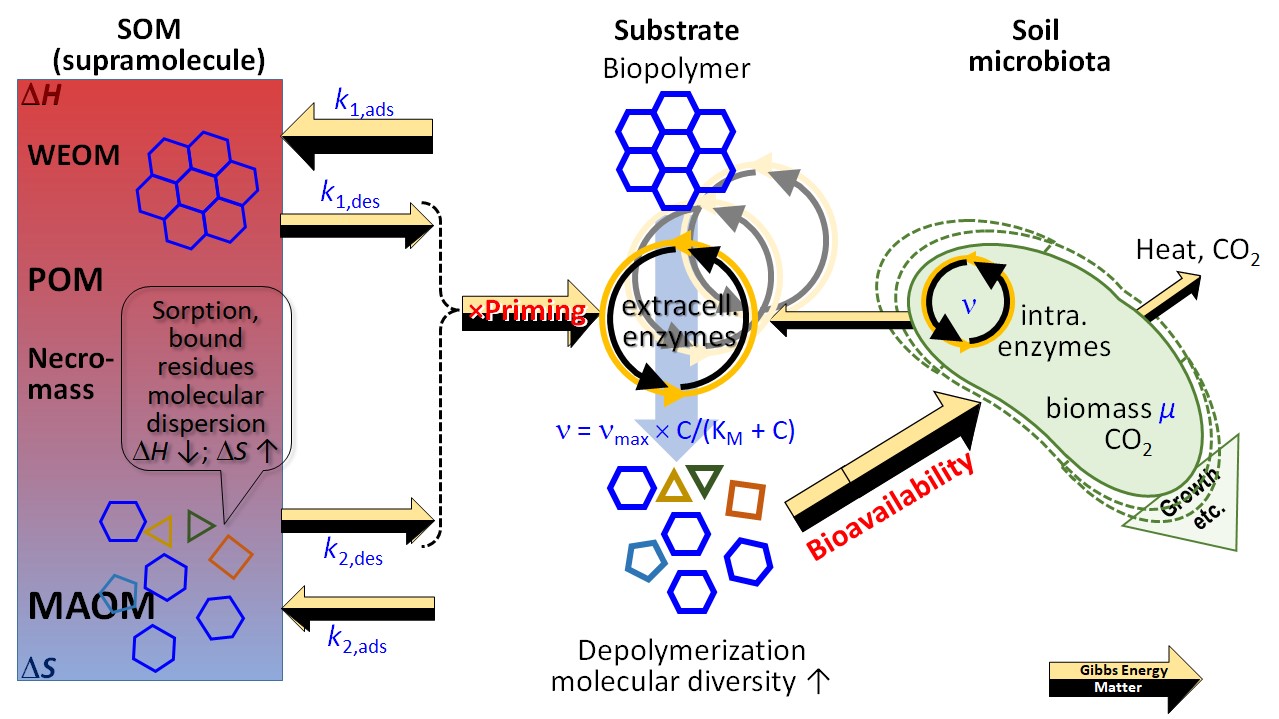
Only part of the substrate E is bioavailable; this proportion depends on the energetic properties of the substrate, its status in the soil (e.g. sorption), and the co-utilisation of SOM components with the substrate (priming). Our aim is to understand how E input (contained in organic substrates) controls the occurrence of and/or the change between dissipative structures (process states) in soil. We assume that we can investigate this based on the following knowledge and assumptions. The dissipative structures can be recognized in the combination of experiments with different substrate additions, i.e. as 1) a single pulse, 2) repeated additions and 3) a quasi-steady state. While 1) shows the transformation phases between dissipative structures, 2) leads to stronger oscillating dissipative structures showing the stability or resilience of the structure during regular fluctuations or oscillations and 3) allows to identify the dissipative structure in its near steady state properties such as C and E use efficiency. Steady states facilitate the testing of thermodynamic optimization principles (e.g. MPP) and are more readily described using models of irreversible thermodynamics. The combination of matter balances and E (calorimetric/calorespirometric) measurements is the appropriate tool, since dissipative structures are to be understood as dynamic flows of matter and E. The bioavailable E is a decisive factor for the maintenance of existing or the establishment of new (possibly temporary) dissipative structures. It is fed by the properties of the substrate and the soil reserves (priming), being at most the calorimetrically quantified enthalpy of combustion, but not identical to it, being modified by other molecular or soil properties.
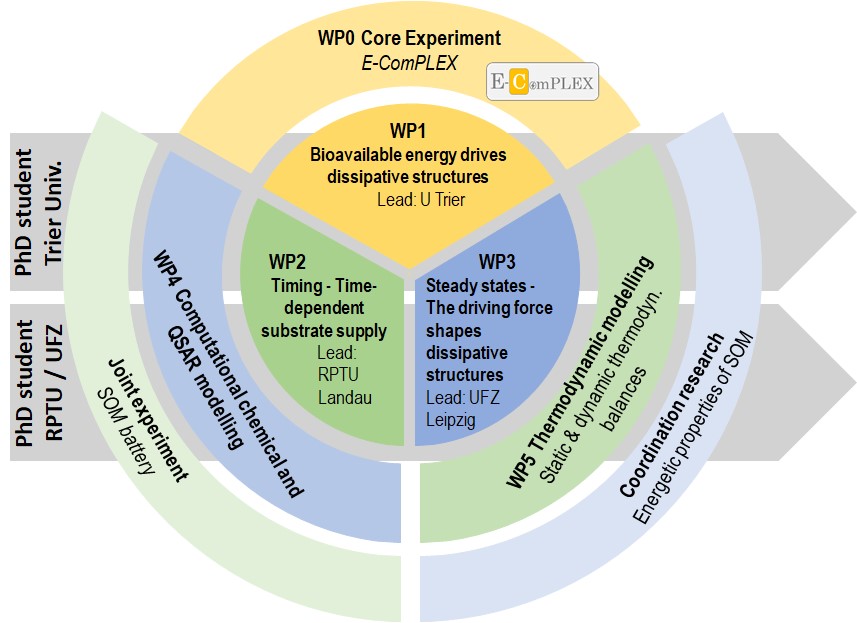
This is to be investigated in three working packages (WP) using the aforementioned approaches 1-3 in microcosm, calorespirometer and continuous tubular reactor experiments. Parameters of chemical activity and immobilisation are used to estimate the bioavailable E. All experimental results will be used for integrative thermokinetic modelling to calculate Gibbs E and entropy of reaction. It is expected to reach a model based estimation of C and E retention by the soil microbial community, and how much heat and CO2 will be lost. This knowledge is used to determine utilisation efficiencies of C and E and to estimate the stabilisation/storage of OM in soil. This contributes to a better understanding and management of the C budget of soils.
Link to English scientific abstract
Link to German scientific abstract
Link to project in the 1st phase
Research Team
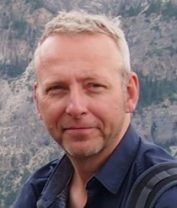
Project Leader
thiele@uni-trier.de

Project Leader
gabriele.schaumann@rptu.de
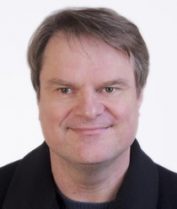
Project Leader
thomas.maskow@ufz.de
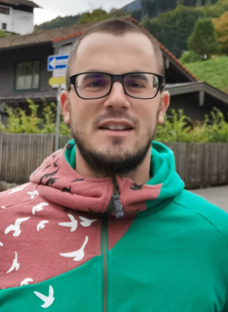
Postdoc
meyer.m@rptu.de

PhD Student
N/A

PhD Student
N/A
Trier University
Faculty VI
Department of Soil Science
RPTU Kaiserslautern-Landau
IES Landau
Environmental and Soil Chemistry Lab
Helmholtz Centre for Environmental Research – UFZ
Department of Microbial Biotechnology
Working Group Ecothermodynamics/ Biocalorimetry